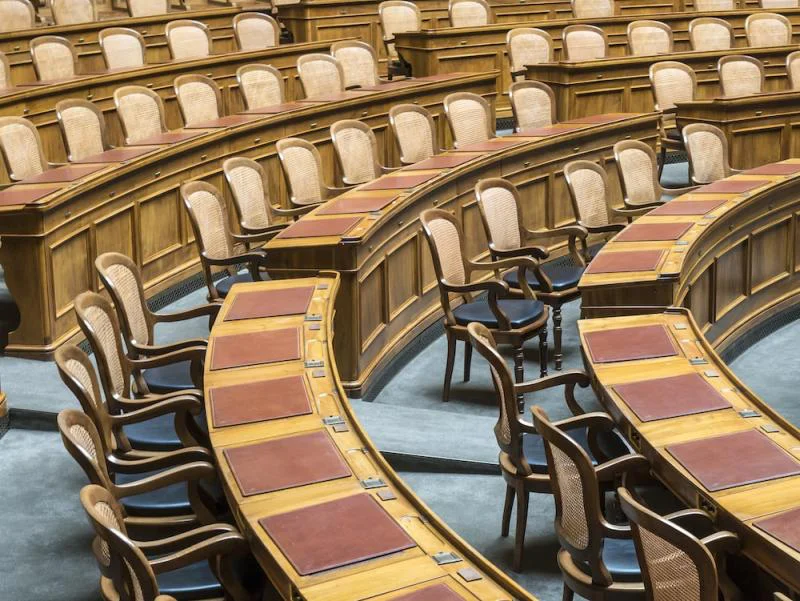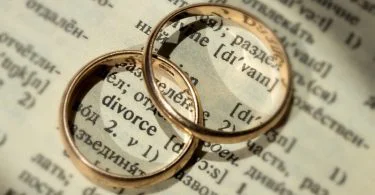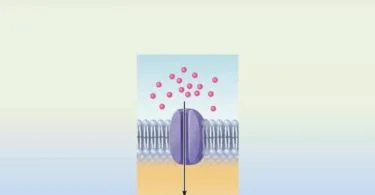Parliamentary and presidential governments differ primarily in how power is distributed between the executive and legislative branches. Presidential systems encourage a strong and autonomous executive branch, whereas parliamentary systems place more emphasis on party discipline and coalition-building. In presidential systems, the head of state and head of government are the same person, elected by the people and has extensive powers. In parliamentary systems, on the other hand, the head of government is chosen by the legislature and is answerable to the legislature. In addition, if a government loses the confidence of the legislature in a parliamentary system, it can be promptly replaced, but in a presidential system, the president serves a fixed term regardless of the confidence of the legislature.
What is a Presidential Government?
In a presidential government, the head of state is also the head of government. The head of government is chosen by the people, either directly or indirectly. The president has a lot of power and is in charge of the government’s executive branch, which is in charge of things like putting laws into effect, making appointments, and leading foreign policy.
In a presidential system, the president is usually not part of the legislature. This means that the president and the legislature have different roles. This can lead to a system where each branch can limit the power of the other.
Countries like the United States, Brazil, and France all operate under presidential forms of government. Even though the president’s exact powers can vary from country to country, the basic structure of a presidential government stresses the need for a strong executive leader who is answerable to the people.
What is a Parliamentary Government?
Parliamentary government is a form of government in which the executive branch reports to the legislature, also called a parliament. The government’s leader also called the prime minister or the premier, is usually a member of parliament and is chosen by their fellow members. The government is then made up of people chosen by the prime minister from among the people in parliament.
In a parliamentary system, the legislature is the most important part of the government. It makes laws and approves budgets. These laws and policies must be carried out by the executive branch, which the prime minister and their cabinet lead.
The United Kingdom, Canada, and India are just a few examples of countries with parliamentary systems. Greater accountability of the executive branch to the legislature, the capacity to build stable coalitions, and the capacity to promptly remove a prime minister who has lost the confidence of parliament are all benefits of a parliamentary system.
Difference Between Presidential Government and Parliamentary Government
The relationship between the executive and legislative branches of government is the main distinction between a presidential government and a parliamentary government. In a presidential system, the head of state and head of government are the same person. This person is chosen by the people and has a lot of power that does not need to be approved by the legislature. In a parliamentary system, the head of government is chosen by the legislature and answers to it, while the head of state is ceremonial.
The formation of the government is another significant difference. The president chooses the cabinet members and other top officials in a presidential system. In contrast, in a parliamentary system, the prime minister chooses the cabinet members from among the elected members of the legislature.
Party discipline and coalition building are also more important in parliamentary systems. To stay in power, the prime minister and their cabinet must have the support of most of the legislature. They may need to work with other parties to form a coalition government. In contrast, in a presidential system, the president is usually not as tied to one party and may have more power to make decisions independently.
The distribution of power and accountability between the executive and legislative branches is generally the main distinction between presidential and parliamentary systems. In presidential systems, the executive branch is strong and independent; in parliamentary systems, the executive and legislative branches work together and depend on one another more.







